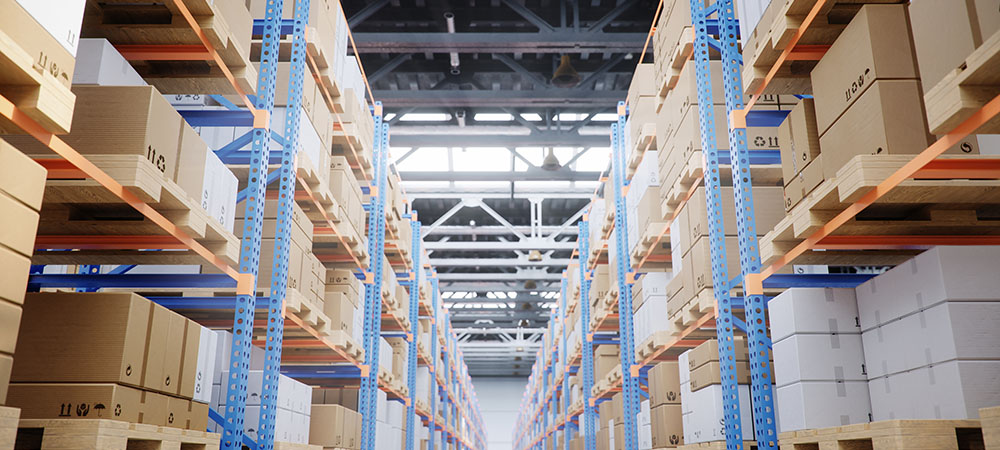This radio-based system analyzes markets up to 43 kilometers away from Bogotá with nearly 100 sources – including tolls and rental prices.
Cushman and Wakefield has launched a technological system, available and open to the public through its website, which will provide companies with a comprehensive analysis of the different components driving industry development. This will support them in determining the ideal location for their operations and improve their last-mile processes.
Given that the logistics operation’s epicenter in the city of Bogotá, four rings or radio zones of influence were created, covering an area of up to 43 km. This allows for a thorough analysis of this terrain range.
For the development of this tool, approximately 100 reliable sources were used, providing essential information for investors, logistics operators, developers, tenants and lessors. These sources include:
- Tracking the import cargo and its classification upon entering the system, and how it interacts with other indicators in each radio zone
- Analyzing road projects, whether for restructuring, operation, or new developments, and understanding their impact on different logistics corridors
- Characterizing population density, crucial for locating operations with employment generation potential
- Calculating the cargo transported by each different means of transportation
- Identifying population growth milestones within the system
- Evaluating urban growth potential based on the geographical conditions of each radio zone
- Identifying the radio zones with the highest potential, based on ongoing or planned construction projects for logistics parks
- Identifying and analyzing cargo ingress through each of the system’s routes
- Periodic identification of indicators in the industrial logistics market, analyzing components within radio zones, including absorption rates, vacancies, average rental prices, projections and typologies
With this robust information system, four action zones are analyzed through various indicators, allowing for answering fundamental questions such as: Where can I locate my business? Where are more developments taking place? What are the development trends and specifications for each segment? How does the merchandise behave throughout the system? What is my highest transportation cost? Where is the most attractive rental or purchase rates? What is the market’s behavior in this system? And even, what opportunities exist for the industry?
First Radio: Last-Mile Radio
This includes 15 kilometers with an area of 383.38 km2, where 330 km2 represent constructed surfaces, and it accounts for 68% of the population in all four radio zones.
It is in this zone where, in most cases, products enter the main distribution center for final delivery to consumers. Approximately 1.1 million cargo vehicles move within this area throughout the year, connecting key points across Colombia to the Bogotá Savanna.
Second Radio: Metropolitan Area
This zone comprises the submarkets of Calle 80, Funza, and Mosquera, housing seven parks under construction in addition to the 18 already operational parks.
The area has undergone infrastructure modifications, zoning changes and expansions, giving rise to the Sabana Occidente area in the Cundinamarca department. This area caters to the logistics needs of mass consumption and logistics operators.
Third Radio: Industrial Logistics Sector
This zone exhibits significant industrialization, with substantial growth in logistic surfaces in recent years. Around 200,000 m² of new inventory is projected to enter this zone, predominantly featuring Class A typologies at 92%. Out of the 36 km analyzed in this radio zone, 1.28 km2 are allocated to industrial parks, signaling significant growth opportunities. It is essential to highlight that due to the integration of Bogotá with neighboring municipalities, the highest number of tolls in the study are situated in this area, contributing to road maintenance funding.
Fourth Radio: Agro-industry
This analysis focuses on the constructive growth of Tocancipá, in the region known as Sabana Centro, north of Bogotá. With an area of 500,000 m2 and around 4,000 logistics operations monthly, it offers one of the best opportunities for the country’s industry due to its industrial land use and proximity to a major consumption city.
Moreover, it encompasses various industrial sectors, such as manufacturing, food and beverages, technology, logistics and services.


